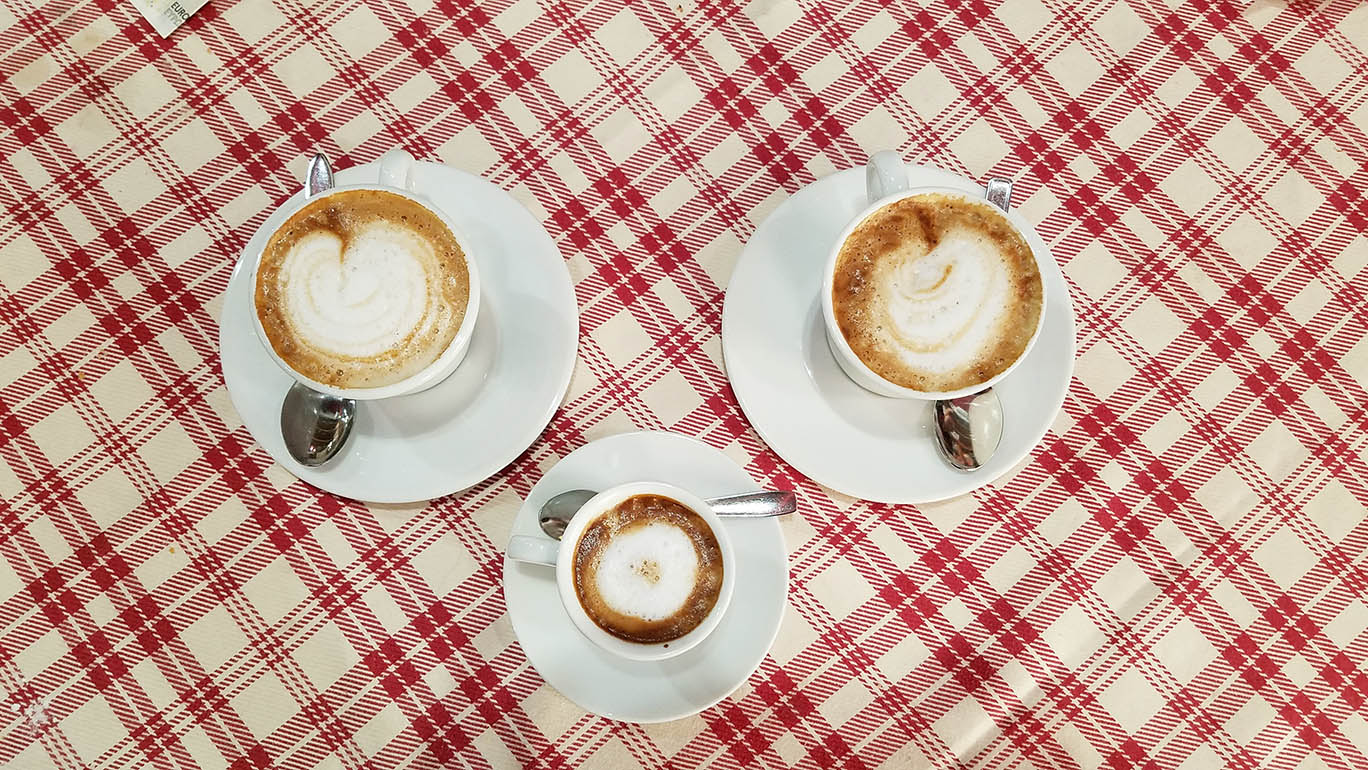
By Maureen McDonald, junior in communication studies and advertising
Like many Americans, coffee is an important part of my life. A trip to Caribou Coffee is a must before my 8 a.m. class and a visit to Starbucks is a requirement after my 3 p.m. class at ISU. When I decided to study abroad, I wondered if Italians had similar coffee habits as Americans. I took particular notice of the similarities and differences while I was there.
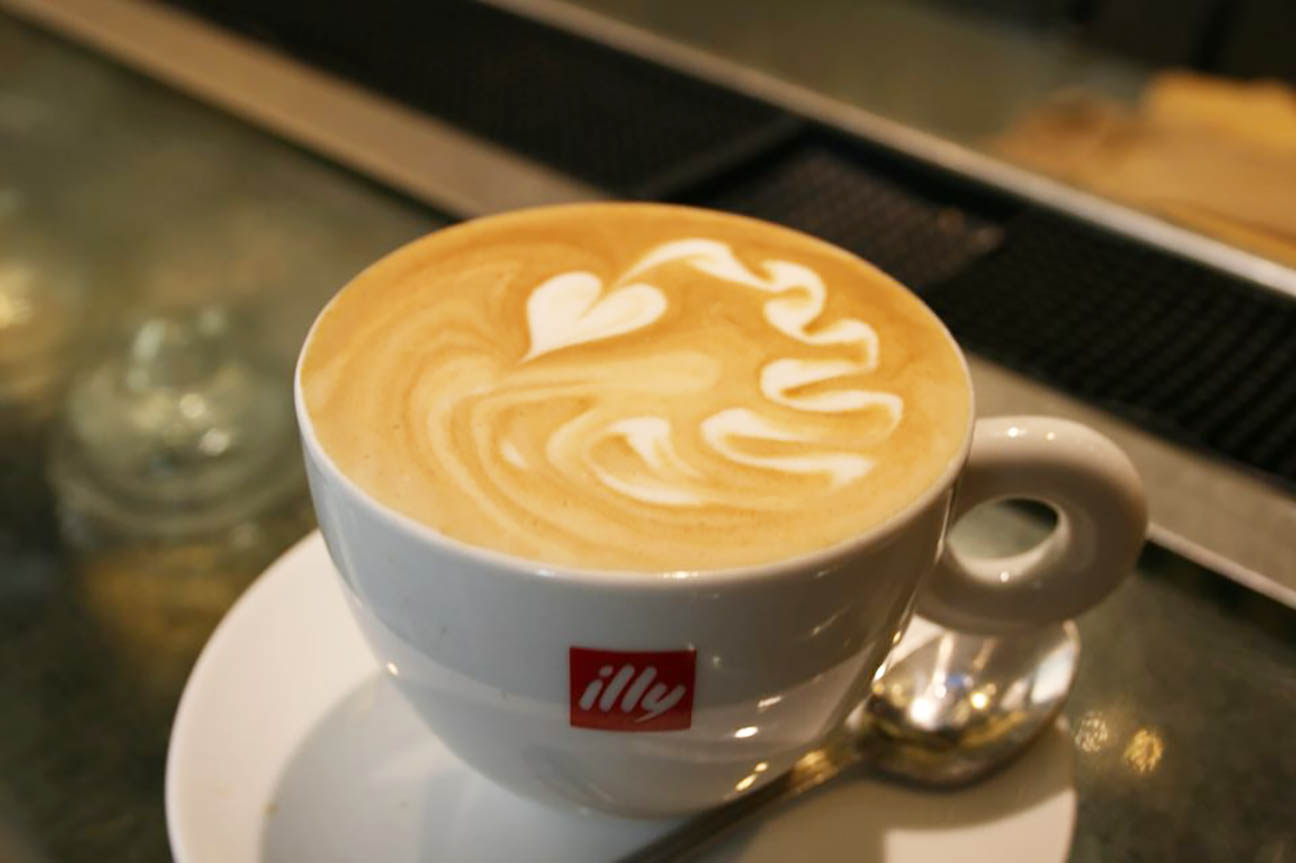
A big difference I found is Italians like espresso, which includes cappuccinos, macchiatos (a shot of espresso with a dollop of foamy milk on top – not a latte with flavored foam) or just a straight shot of espresso. They don’t really add anything except maybe a pack of sugar. Personally, I’m not the biggest fan of the kick in the face espresso has, so a cappuccino was my drink of choice at all times of the day during my Urbino study abroad experience, even after I realized most Italians stop drinking them around 11 a.m.
Another big difference is the size. In Italy, they use a coffee mug a little bigger than a teacup, which is a lot smaller than a typical mug in America – four whole ounces to be exact. This doesn’t seem like that big of a deal until you chug that cappuccino and you just want so much more.
In America, Starbucks is at every corner of every town. Italy just got its first one in Milan earlier this month. In my opinion, the best coffee in Italy is definitely at the small-town cafés. My two favorite cafés in Urbino are called Mama’s Café and Sugar Café. The people are the nicest, and the coffee is delicious.
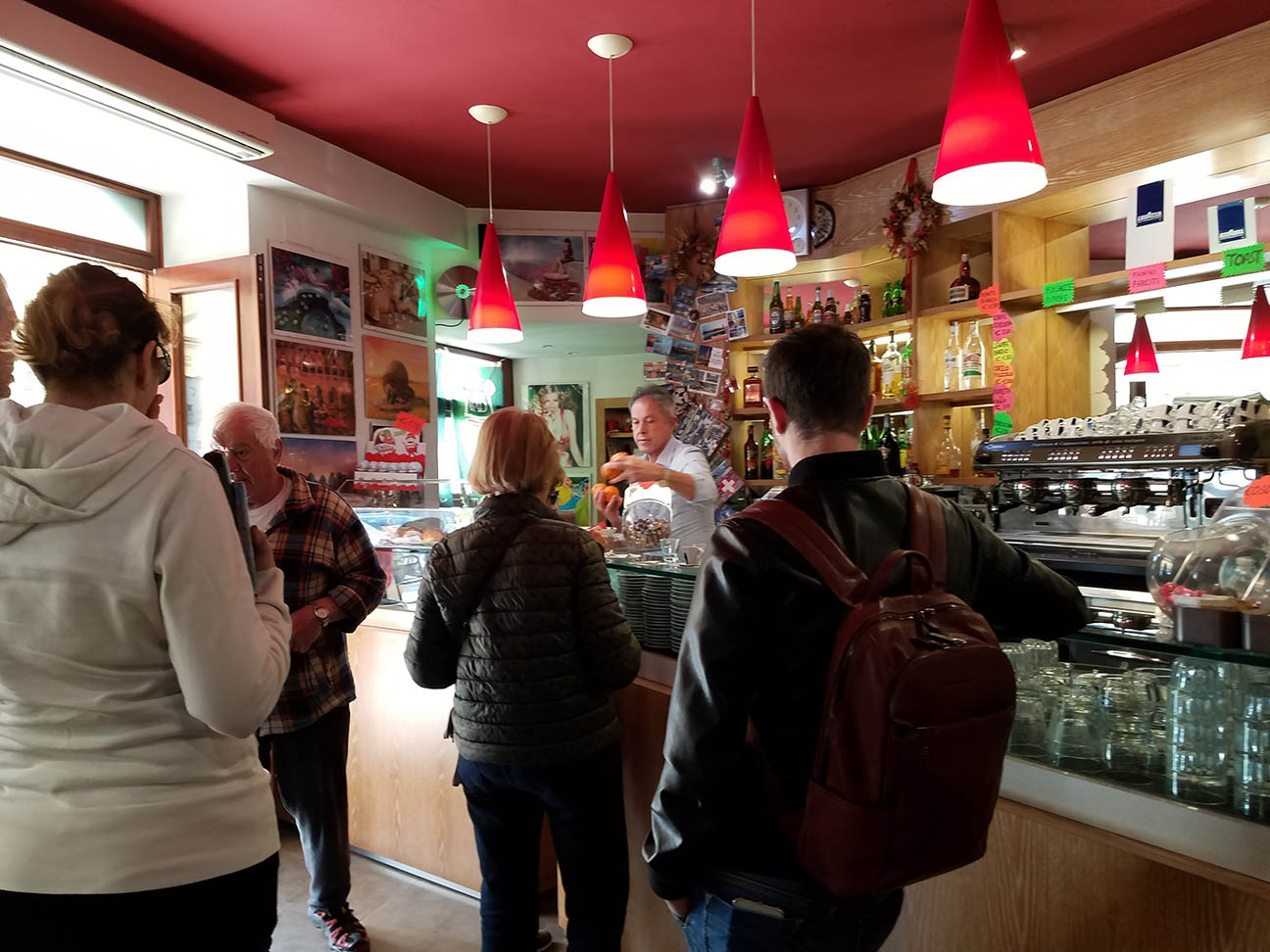
Rachel Cessna, an Iowa State student who studied with me in Urbino, had a lot to say about the differences between Starbucks coffee (American) and Mama’s (Italian).
“I like Starbucks more for the variety… I’m not constrained to a cappuccino or espresso. I can’t really choose between the two of them,” Cessna said. She explained Italian coffee is a little cheaper but still good quality, while Starbucks has more variety and tastes pretty good.

While coffee in Italy is slightly cheaper, the price difference isn’t huge when you factor in a couple things. An 8.45-ounce cappuccino at Mama’s Cafè costs 1.30 euro, which is about $1.61. A 16-ounce cappucino at Starbucks in America is about $3.65. After factoring in the size difference, the American cappucino costs about $0.43 more. Another difference that’s harder to consider is the amount of milk in each cappuccino.
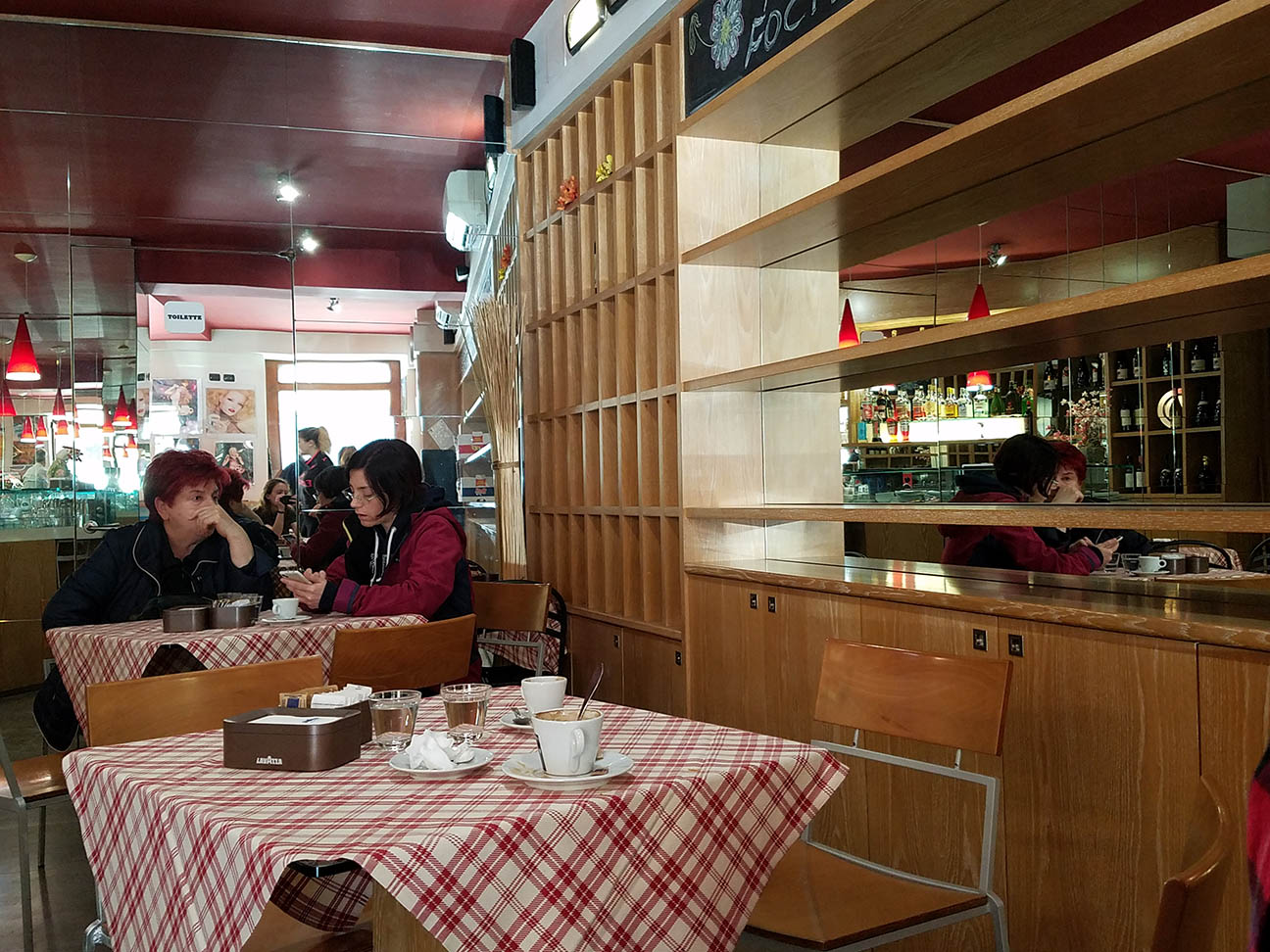
One last difference I noticed is Italians don’t walk with their coffees. They will have breaks in their day to have a cup or make time in the morning to sit at a café, but you won’t see them walking to class or taking it in the car in a to-go cup. They usually stand at the bar of the café and drink their espresso. If you’re going to take the time to sit at a table in the café and have the coffee served to you, it actually costs extra. Depending on the café, you could be charged anywhere from a few cents to even two whole euro.
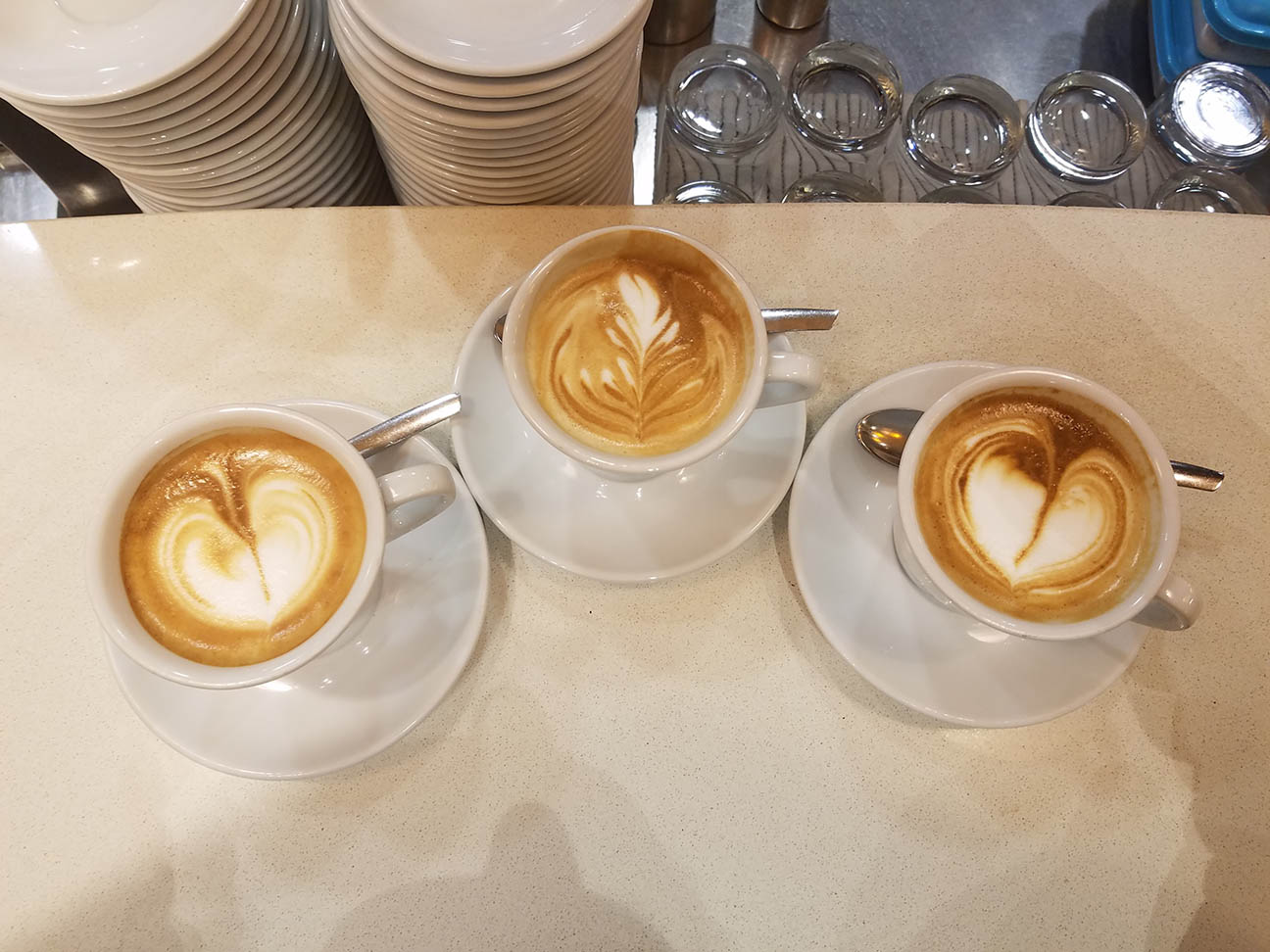
A similarity I’ve noticed we have is that both Italians and Americans like coffee at really any time of day. Whether it’s in the morning, at 5 p.m. or at midnight, a good cup of coffee is always enjoyable in both cultures. Also, one cup of coffee usually doesn’t last us the day, so a midday coffee can be seen in both areas.
Another similarity is that cafés are a place to hang out in both Ames and Urbino. At ISU, coffee shops and cafés are where many people meet up with friends or get some homework done. In Italy, cafés are a meeting place for just about every occasion.
Maureen McDonald is a sophomore double-majoring in communication studies and advertising from Mason City, Iowa. She also works for TREND magazine, one of Iowa State University student publications.
This post is one in a series of blog posts written by Iowa State University students who studied abroad in Urbino, Italy, in spring 2018 with Dennis Chamberlin, Greenlee School associate professor. The program focuses on mobile image making, Italian language, Renaissance art history and literature and the history of food and culture. The Greenlee School of Journalism and Communication will offer the program in collaboration with LAS Study Abroad in spring 2020.